
Italian dressing is a classic mixture of oil, vinegar and herbs that works equally well as a salad seasoning or a marinade for meats and vegetables. Companies that manufacture bottled salad dressing also often offer creamy versions made with buttermilk or mayonnaise. Italian dressing is commercially available as a bottled dressing and also as a seasoning packet that can be mixed with oil and vinegar. You may want to find a substitute for Italian dressing because you are reducing the amount of fat in your diet or because you're bored with your typical meals and are ready to try new options. The best substitute for Italian dressing depends on the reason you are seeking an alternative as well as how you will be using this substitute.
Healthy Substitutes
A homemade vinaigrette such as Italian dressing typically uses at least twice as much oil as vinegar. If you are looking for an Italian dressing substitute that is lower in fat, change this ratio and use equal parts oil and vinegar, or leave out the oil altogether. Add tomato juice or fat-free stock to make the dressing's flavor less aggressively acidic. If you're looking for an Italian dressing alternative that is healthier than the commercial options because it contains no preservatives, simply make a vinaigrette from scratch using two parts oil for each part vinegar, along with salt, dried herbs, and even a bit of prepared mustard or chopped shallot.
Creamy Substitutes
Use low-fat or nonfat yogurt as a substitute for creamy Italian dressing if you're looking for a healthier alternative. Seasoning the yogurt with Italian-style herbs such as basil and oregano will provide many of the flavors that you typically enjoy in creamy Italian dressing. To make a homemade substitute for commercial Italian dressing, use buttermilk or mayonnaise for creaminess, and season your dressing with Italian-style herbs and mustard.
Quality Substitutes
Commercially made Italian dressing often uses low quality oils to save on ingredient costs. When making homemade Italian dressing, substitute extra virgin olive oil to add a flavor that gracefully complements Italian-style herbs such as basil and oregano. Flavorful vinegar substitutes such as balsamic vinegar and sherry vinegar can also improve your homemade Italian dressing.
Marinade Substitutes
A wide range of flavorful sauces can stand in for Italian dressing as a marinade for meat, chicken or vegetables. Chimichurri, an Argentinian sauce made from vinegar, oregano and red pepper flakes, works well as a marinade for steak, and lemon juice, olive oil and herbs makes a worthy Italian dressing substitute when used as a marinade for chicken.
Related Articles
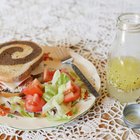
How to Make Italian Dressing
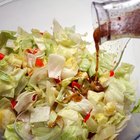
How to Store Homemade Salad Dressing
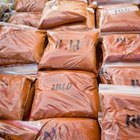
The Ingredients in Chipotle Sauce
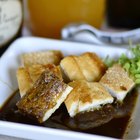
How to Make Balsamic Vinegar Olive Oil ...

How to Make Warming Body Oil

How to Make Pico de Gallo
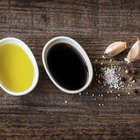
How to Mix Your Own Vinegar & Oil

How to Cook Pork Tenderloin in a ...

How to Make Fish Taco Sauce

Storage Time for Homemade Olive Oil ...
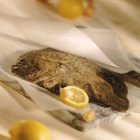
How to Roast Whole Flounder

How to Make Guacamole Seasoning

Healthy Alternatives to Tartar Sauce
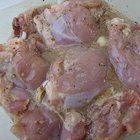
How to Cook With Italian Dressing

How to Mix Your Own Vinegar & Oil for ...

Bratwurst Spices
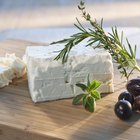
How Many Calories Are in a Goat Cheese ...

Good Marinade for a Chicken & Steak ...
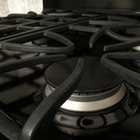
How to Cook Corned Beef Without Being ...
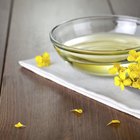
What is Rapeseed Oil?
References
Writer Bio
Devra Gartenstein is a self-taught professional cook who has authored two cookbooks: "The Accidental Vegan", and "Local Bounty: Seasonal Vegan Recipes". She founded Patty Pan Cooperative, Seattle's oldest farmers market concession, and teaches regular cooking classes.
Photo Credits
Brand X Pictures/Brand X Pictures/Getty Images